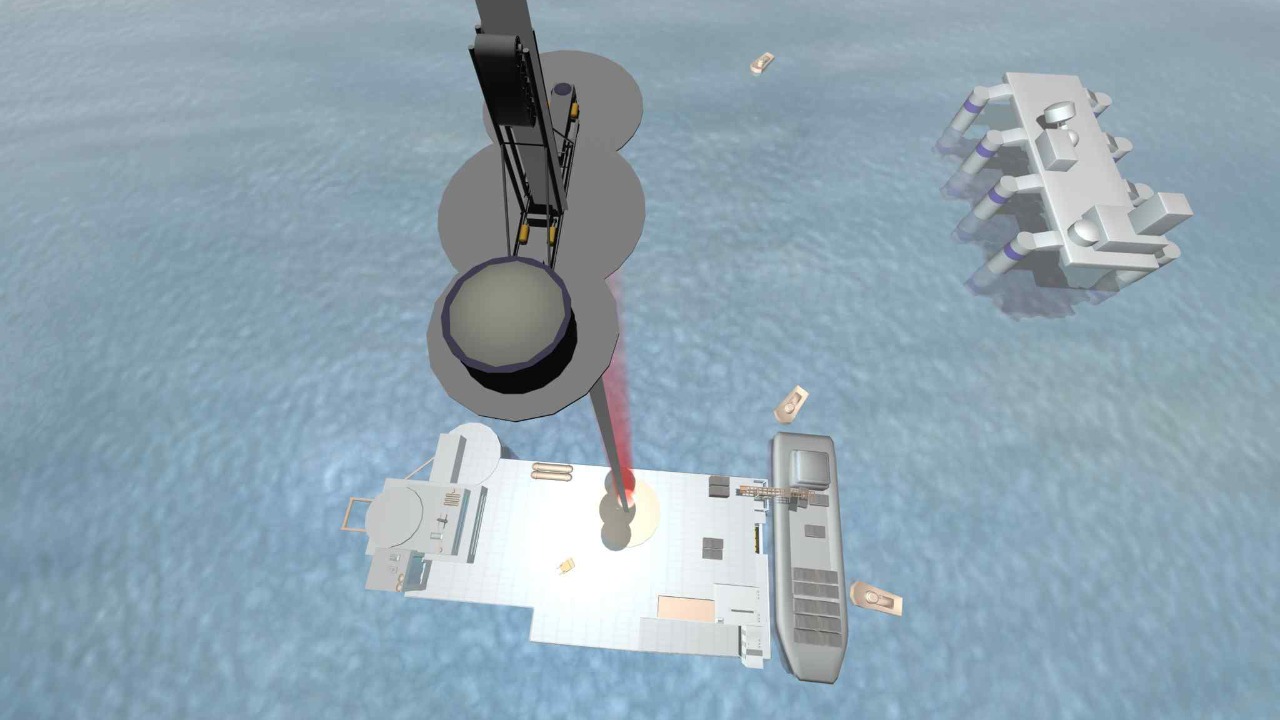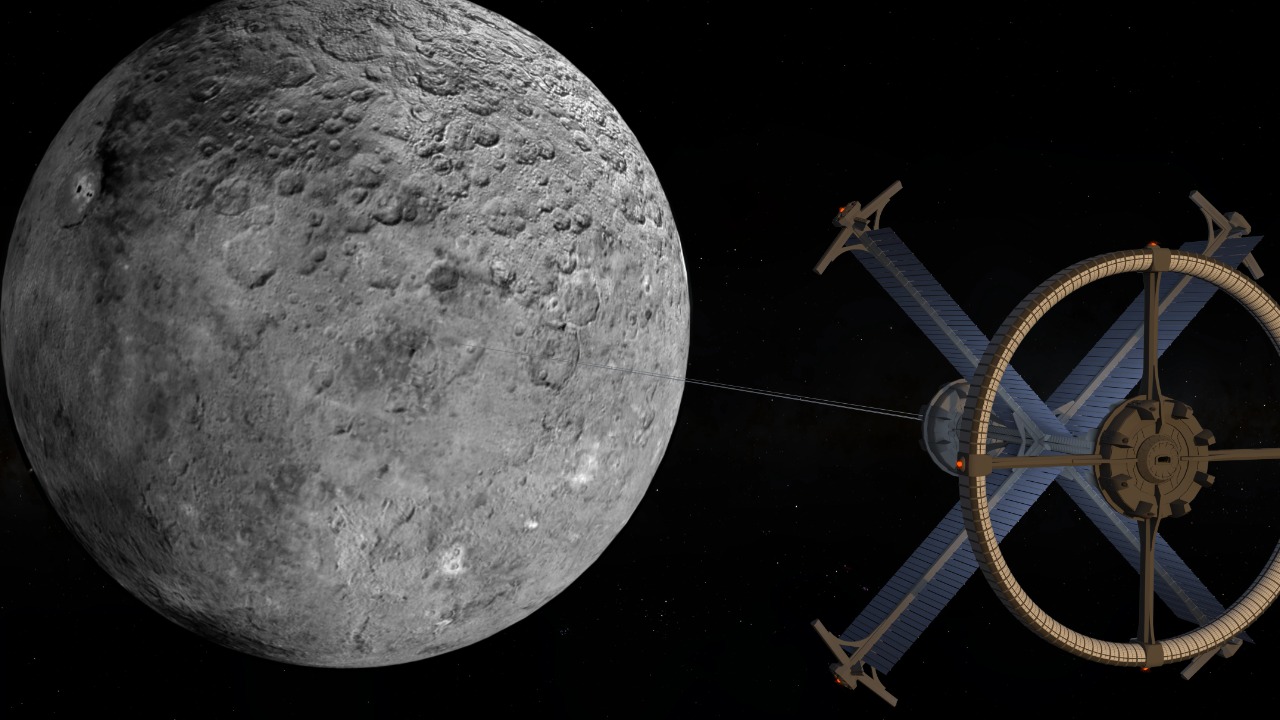
Space elevators, once a concept relegated to the realm of science fiction, are increasingly being considered as a viable technology for future space exploration and transportation. They promise a revolution in how we access space, offering a potentially more sustainable and cost-effective alternative to traditional rocket launches.
Let’s delve into the mechanics, challenges, and potential breakthroughs that could make space elevators a reality.
The Concept of Space Elevators

The idea of a space elevator is not entirely new. Its origins can be traced back to science fiction, with one of the earliest mentions appearing in Arthur C. Clarke’s novel, “The Fountains of Paradise.” A space elevator consists primarily of a tether, a climber, and a counterweight. The tether extends from a point on the Earth’s equator to a counterweight in space, with climbers traveling along this tether to transport cargo and potentially passengers.
The theoretical benefits of a space elevator are compelling. By providing a steady and reusable path to space, it could significantly reduce the cost per kilogram of sending materials into orbit. Furthermore, the environmental impact would be minimized compared to traditional rockets, which burn vast amounts of fuel and release greenhouse gases. For more information on the concept, visit HowStuffWorks.
Material Challenges and Innovations

One of the primary challenges in building a space elevator lies in developing materials strong enough to withstand the immense tensile forces. The tether must be both incredibly strong and light, as it would need to support its own weight over tens of thousands of kilometers. Current materials fall short, but there’s ongoing research into carbon nanotubes, which offer the necessary strength and durability.
While carbon nanotubes are promising, they are not yet produced at the scale or quality required for a space elevator. Researchers are also exploring alternatives such as boron nitride nanotubes and graphene. The scalability of manufacturing these materials remains a significant hurdle. For a deeper dive into these materials, check out ScienceDirect.
Engineering and Design Considerations

Designing a structure that extends from the Earth’s surface into space presents numerous architectural and engineering challenges. The space elevator must be anchored securely on Earth while maintaining stability through its entire length. Climber vehicles would need to be designed to efficiently traverse the tether, likely using a combination of solar energy and wireless power transmission to operate.
Safety and reliability are paramount concerns. The space elevator must withstand environmental factors such as space debris and weather conditions on Earth. Moreover, ensuring the climbers’ safe and efficient operation requires robust safety measures and continuous monitoring systems. For insights into these design considerations, visit Northeastern News.
Economic and Environmental Impact

The economic implications of a space elevator are vast. By drastically reducing the cost of transporting materials and people to space, it could open up new commercial opportunities and make space more accessible. The potential economic benefits extend beyond just cost savings; it could spur growth in industries such as satellite deployment, space tourism, and resource mining in space.
Environmentally, the space elevator offers a cleaner alternative to rocket launches, which are resource-intensive and contribute to carbon emissions. By minimizing the environmental footprint of space travel, it supports sustainable development goals and reduces the impact on Earth’s atmosphere. For an exploration of these impacts, see Science Friday.
International Collaboration and Policy Considerations

Building a space elevator is not a task that any single nation can undertake alone. It requires international collaboration in technology development, funding, and regulation. Global cooperation would ensure that the benefits of a space elevator are shared and that its development adheres to international standards and agreements.
Legal and regulatory challenges are also significant. Issues such as airspace rights, space governance, and environmental regulations would need to be addressed. Moreover, ethical considerations around equitable access and environmental stewardship must be taken into account to ensure that the technology benefits all of humanity. For a comprehensive discussion on these policy considerations, refer to Google Books.